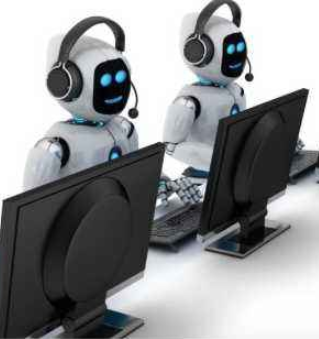At present, the overall environment of China's robot industry is improving. On the one hand, the demographic dividend disappears and the industrial upgrading stimulates the demand of the robot market. On the other hand, the robot industry has received strong support from all levels of government. As an important foundation for smart manufacturing, industrial robots are used in a wide range of applications, including automotive manufacturing, electronics, and aerospace manufacturing.

China is the world's largest consumer of industrial robots, accounting for almost half of the global industrial robot market. This rising trend has also made domestic industrial robots stand out from the industrial economy in the first half of the year. Its year-on-year growth rate ranks first among various industrial products, and is even considered to be a representative of emerging industries.
In 2012, the Ministry of Science and Technology issued the “12th Five-Year Plan for Intelligent Manufacturing Technology Development” and the “12th Five-Year Plan” for the development of service robot technology for robotics. The national multi-robot industrial park projects have been launched. The enthusiasm for deploying industrial robots is growing.
However, behind the surge in industrial robot production, it is the emergence of the “supply and demand” effect brought about by the accelerated transformation and upgrading of the manufacturing industry. On the one hand, as a transformation and upgrading of the manufacturing industry, especially the “necessities” to deal with the demographic dividend reduction, industrial robots are increasingly applied to the workshop; on the other hand, strong demand and new economic attributes have attracted a batch of industrial robots in recent years. Industrial projects are competing to start, and production capacity is beginning to enter the release period.
From the trend point of view, in recent years, with the rising labor costs, the “step-by-step”, coupled with the “machine substitution” demonstration effect, and the continued encouragement of policies including financial subsidies, the reality is still More and more manufacturing companies are beginning to try or expand industrial robot applications.
The reason is mainly due to the explosive development trend of the domestic robot industry in recent years. The curriculum of training institutions such as universities and vocational schools still lags behind. Although some robot manufacturers provide relevant training, the brand is too targeted. Shortcomings such as insufficient promotion, inadequate supporting facilities and limited training outlets make it difficult to achieve a systematic teaching process, which is still not well matched with the needs of scholars from all over the country, resulting in many people who are interested in the robotics industry.
In-depth industry exploration, you will find that the industry is more and more subdivided, you can find out which links need robots and related equipment, this is a process of exploring the market. Every application scenario can breed new industries, and the application space of industrial robots will only grow larger and larger.
Industrial robots are in line with the development of the times, and the industry has broad prospects. However, the contradiction between talent supply and demand imbalance in this field is increasingly prominent. On the one hand, robot manufacturers, system integrators, and automobile processing industries are eager for talents. On the other hand, talent supply is insufficient, and it is difficult to meet the needs of enterprises.
There are four giants in foreign countries, and there may be hundreds of ace companies in the sub-sectors in China. Chinese companies have advantages in localization services and costs.
Xu Jianyi, director of the Statistics Department of the National Bureau of Statistics, recently pointed out that the manufacturing industry has introduced artificial intelligence extensively to make the production process more "smart" and more efficient.
"In the field of industrial robots, we need to respect experience and accumulation. Industry pays attention to process precipitation and historical inheritance. We have the opportunity to go beyond the predecessors, but this process is not done overnight." Li Qun Automation CEO Shi Jinbo said. At present, foreign advanced robots are in a leading position in terms of safety and reliability, while domestic robotics companies are flexible and quickly attracting people's attention. In her view, the lightweight industrial robot is a brand-new "track". In the light industry, the intelligence of the robot is more demanding. From the software and algorithms, the robot enterprise has the opportunity to achieve "curve overtaking".
















 RCCN WeChat QrCode
RCCN WeChat QrCode Mobile WebSite
Mobile WebSite

